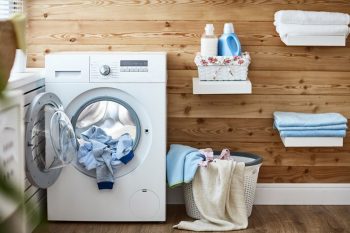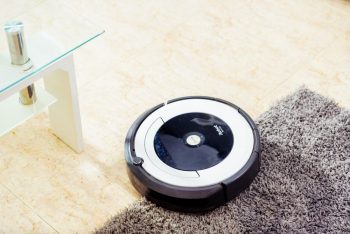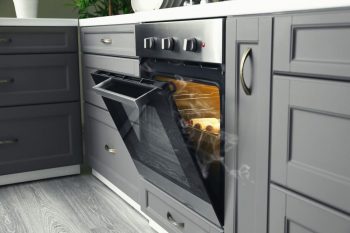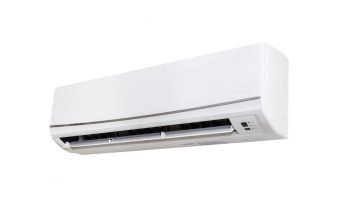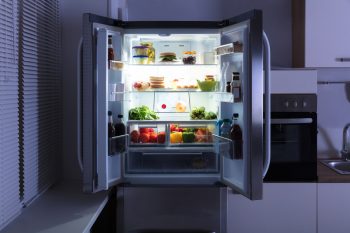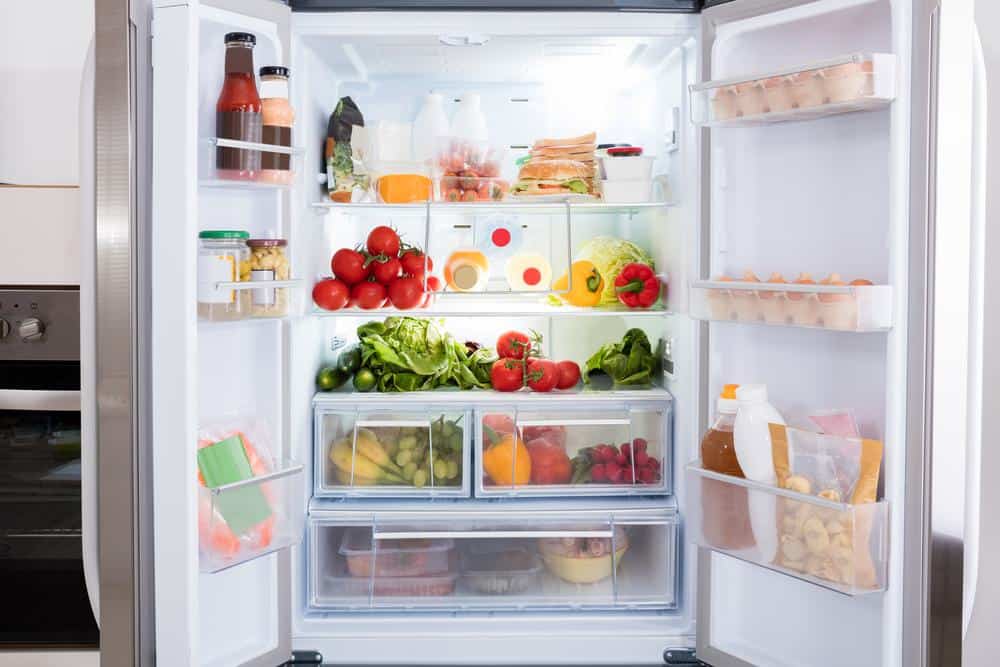
Refrigerators are essential appliances in our homes, keeping our food fresh and safe to eat. However, sometimes, you might find your refrigerator running but not cooling as it should. This can be a frustrating situation, especially if you’re not sure what’s causing the problem. In this comprehensive guide, we will explore the possible reasons why your refrigerator might not be cold but still running, how to diagnose these issues, and what you can do to fix them.
Your refrigerator might not be cold but still running due to several reasons such as dirty condenser coils, blocked vents, a faulty temperature control thermostat, malfunctioning evaporator fan, compressor or compressor start relay issues, condenser fan problems, improper organization of food items, poor ventilation or improper installation, faulty or dirty gasket seals, or malfunctioning internal parts or circuit board. To fix the issue, you may need to clean the coils, unblock vents, check the thermostat, fans, and compressor, reorganize the food, ensure proper installation and ventilation, check the seals, or consult a professional for potential internal part or circuit board replacement. Regular maintenance can help prevent such issues.
The Basics: How Does a Refrigerator Cool?
To understand why your refrigerator might not be cooling, it’s helpful to know a bit about how it works. A refrigerator keeps your food cool by using the refrigeration cycle to remove heat from the inside of the appliance and transfer it to the outside. This process involves the compressor, condenser coils, evaporator coils, and an expansion device. Here’s a detailed explanation of how a refrigerator works.
Common Reasons Why Your Refrigerator Is Not Cold but Running
There are several common reasons why a refrigerator might not be cooling properly while still running:
- Dirty condenser coils: Dust and debris can accumulate on the condenser coils, making the fridge less efficient and forcing the compressor to work harder.
- Blocked vents: Ensure that food items are not blocking the vents in the fridge and freezer compartments, as this can prevent proper air circulation.
- Faulty temperature control thermostat: If the thermostat is faulty, it may not allow power to flow through to the compressor, evaporator fan, and condenser fan, affecting the cooling process.
- Malfunctioning evaporator fan: If the evaporator fan is stuck or broken, it can cause frost-clogged evaporator coils or poor cooling.
- Compressor or compressor start relay issues: If the freezer fan is running but the fridge is not cooling, the compressor or compressor start relay could be faulty.
- Condenser fan problems: The condenser fan cools the compressor and condenser coils. If it’s not running when the compressor is running, it could cause cooling issues.
- Improper organization of food items: Overstuffing the fridge with food can block vents and prevent cool air from circulating properly.
- Poor ventilation or improper installation: Ensure that the refrigerator has adequate ventilation and is installed correctly to maintain proper cooling.
- Faulty or dirty gasket seals: Check the gasket seals on the fridge and freezer doors for damage or dirt, as this can affect the cooling process.
- Malfunctioning internal parts or circuit board: If all other components are working properly, the circuit board may need to be replaced by a professional.
Diagnosing and Fixing a Refrigerator Not Cooling but Running
If you’ve identified that your refrigerator is not cooling but running, the next step is to diagnose and fix the issue. Here are some tips:
- Clean the condenser coils: Vacuum the coils under or behind the fridge to improve cooling.
- Check for blocked vents: Rearrange items to allow for better airflow and check for any frost buildup on the vents.
- Test the thermostat: If you suspect a thermostat issue, contact a refrigerator repair technician specializing in your brand of refrigerator to diagnose and fix the problem.
- Check the evaporator fan: If the fan is not working correctly, you may need to replace the fan or motor altogether.
- Check the compressor or compressor start relay: If the freezer fan is running but the fridge is not cooling, the compressor or compressor start relay could be faulty.
- Check the condenser fan: If it’s not running when the compressor is running, it could cause cooling issues.
- Check the organization of food items: Organize the fridge to ensure proper airflow.
- Check for proper ventilation and installation: Ensure that the refrigerator has adequate ventilation and is installed correctly.
- Check the gasket seals: Inspect the seals for cracks or damage and replace them if necessary.
- Check the circuit board: If all other components are working properly, the circuit board may need to be replaced by a professional.
Remember, if you’re unsure about any of these steps or if your refrigerator is still not cooling after trying these fixes, it’s best to call a professional.
Preventative Maintenance Tips
Regular preventative maintenance can help avoid many common refrigerator issues. Here are some tips:
- Clean the condenser coils regularly: This will help your refrigerator run more efficiently and prolong its lifespan.
- Check and replace the door seals as needed: Damaged or worn door seals can allow warm air to enter the fridge, causing it to work harder to stay cool.
- Ensure proper airflow: Avoid overstuffing your fridge and ensure that vents are not blocked by food items.
- Maintain an optimal temperature: The ideal refrigerator temperature is 3°C (37°F), and the ideal freezer temperature is -16°C (3°F).
- Perform regular deep cleaning: Remove old and spoiled food, clean shelves, and ensure vents are clear and open.
- Schedule regular maintenance: Consider scheduling regular maintenance checks with a professional.
In conclusion, a refrigerator not cooling but running can be frustrating, but understanding the potential causes and solutions can help you address the problem effectively. Whether you need to clean the condenser coils, replace the door seals, or call a professional for further assistance, this guide has you covered.
Frequently Asked Questions
How often should I clean my refrigerator’s condenser coils?
It’s recommended to clean your refrigerator’s condenser coils every six months to a year, depending on how dusty your home environment is.
What is the role of the compressor in a refrigerator?
The compressor in your refrigerator is responsible for circulating refrigerant through the condenser coils and the evaporator coil. This process removes heat from the inside of the refrigerator and releases it outside, keeping your refrigerator cool.
How can I check if my refrigerator’s thermostat is working properly?
One way to check if your refrigerator’s thermostat is working is by adjusting the temperature setting and listening for a click. If the thermostat clicks, it’s likely working. However, if you don’t hear a click, your thermostat might be faulty and may need to be replaced.
Can I replace the refrigerator’s gasket seals myself?
Yes, replacing the gasket seals on your refrigerator is a relatively simple DIY task. You can purchase a new gasket from an appliance parts store or online. However, if you’re not comfortable doing it yourself, you can always call a professional.
What is the function of the condenser fan in a refrigerator?
The condenser fan in your refrigerator helps to cool the compressor and the condenser coils. If the condenser fan is not functioning properly, it could cause these components to overheat and affect the cooling efficiency of your refrigerator.
Can a faulty circuit board cause my refrigerator to not cool?
Yes, a faulty circuit board can cause your refrigerator to not cool. The circuit board controls many of the refrigerator’s functions, including temperature control and defrosting. If it’s not working properly, it could affect the overall performance of the refrigerator. However, diagnosing and replacing a faulty circuit board should be left to a professional.

